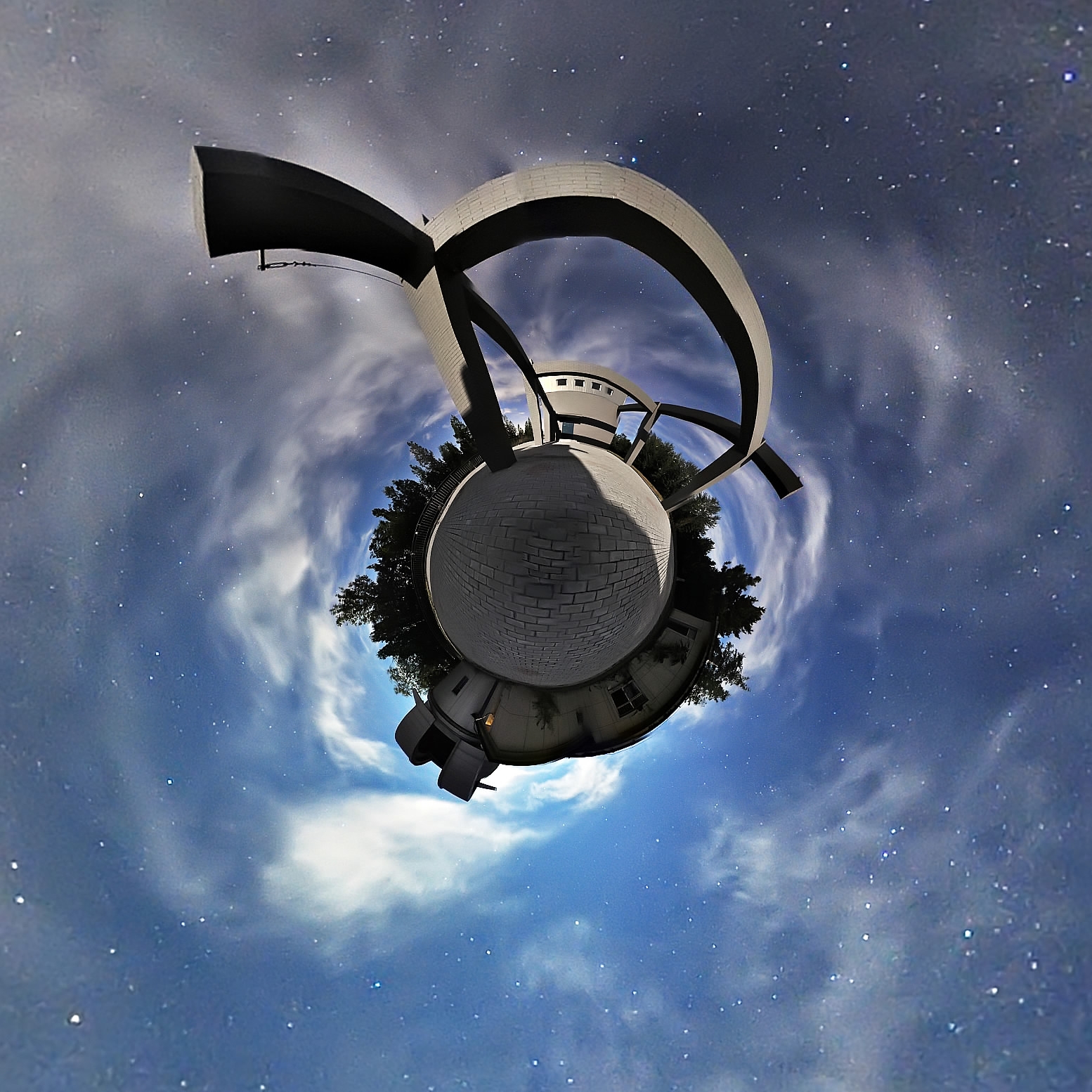China will soon launch its first X-ray space telescope, the Hard X-ray Modulation Telescope (HXMT), said Zhang Shuangnan, lead scientist of the HXMT and director of the Key Laboratory of Particle Astrophysics at the Chinese Academy of Sciences (CAS).
The HXMT is also tasked with surveying the Milky Way to observe celestial sources of X-rays.

James Webb Space Telescope. /VCG Photo
"Our space telescope has unique capabilities to observe high-energy celestial bodies such as black holes and neutron stars. We hope to use it to resolve mysteries such as the evolution of black holes and the strong magnetic fields of neutron stars," says Zhang. "We are looking forward to discovering new activities of black holes and studying the state of neutron stars under extreme gravity and density conditions, and the physical laws under extreme magnetic fields. These studies are expected to bring new breakthroughs in physics."
Compared with X-ray astronomical satellites of other countries, the HXMT has larger detection area, broader energy range and wider field of view. According to Zhang, it will work on wide energy range from 1-250 keV, enabling to complete many observation tasks previously requiring several satellites.

Xinlong observatory in China. /VCG Photo
“It has obvious advantages in observing black holes and neutron stars emitting bright X-rays,” said Zhang. “HXMT can more efficiently scan the galaxy.”
How do the black holes or neutron stars accrete matter from companion stars? What causes X-ray flares? China's new space telescope might help answer these questions.
“There are so many black holes and neutron stars in the universe, but we don't have a thorough understanding of any of them -- so we need new satellites to observe more."
(Source: Xinhua)









